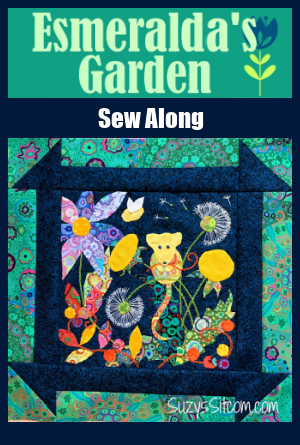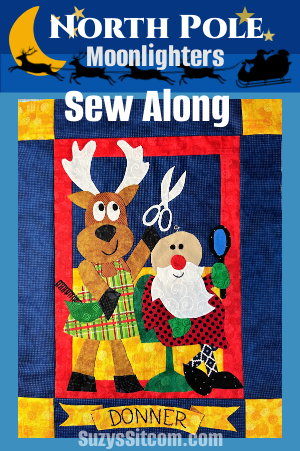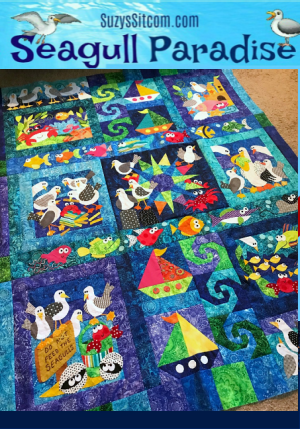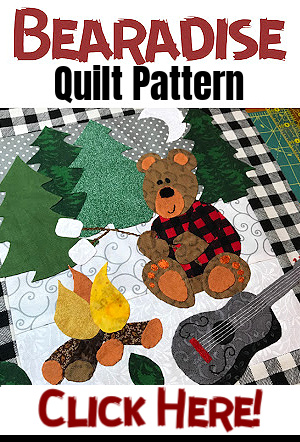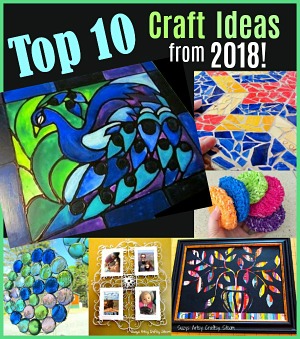A Guest Post by K. Conway.
Traditional hobbies such as knitting and patchwork are making a comeback, and it’s no longer something that only elderly women do. The major stumbling block for young people wanting to take up these traditional crafts is getting someone to teach them and getting help with mistakes and problems as they arise. As with everything, learning to knit is a gradual process and you shouldn’t try to run before you can walk, or in knitting jargon, try to skpo before you can k1, p1.
Classes
There are far fewer knitting and yarn shops on the high street than there were a generation ago, but those which do exist are the best places to start for advice and tuition. Speak to the staff and explain that you are a complete beginner. Many stores run their own learn to knit classes, and many that don’t have expert knitters among their staff who will be happy to go through the basics or help more advanced knitters decipher a complicated aran knitting pattern. Classes are also a great way to meet like-minded knitters and make some new friends too.
 |
 |
Marley Dropstitch Scarf by Plymouth Yarn Design Studio (Free Ravelry Pattern), Baby Cable Scarf by Jill MacDonald (Free Ravelry Pattern)
First Project
Nearly every beginner to knitting starts off with a very basic project such as a scarf. A scarf is an ideal choice as there is no complicated increasing or decreasing stitches, and can be completed quickly if the yarn and needles used are chunky. Ask the staff in the knitting shop to recommend appropriate yarn and a pattern. Simple patterns are widely available on the internet too. Steer clear of the aran knitting patterns and cardigans, sweaters or socks until you have grown in confidence and expertise.
 |
 |
Wild Bliss Knitted Mitts by Dina Rosbeck (Free Ravelry Pattern), Split Granite Afghan by Heather Gibbs (Free Ravelry Pattern)
Abbreviations
Reading a knitting pattern can be like learning a foreign language given the number of abbreviations used. The terminology can also vary between UK and US patterns, which is important to consider when printing patterns from the internet as most of the websites are based in North America. Good patterns will give a full explanation of what is meant by the more complicated abbreviations, but standard terms such as k for knit, p for purl and co for cast on are found on nearly every pattern. If you come across a stitch or abbreviation you have never seen before, a valuable source of help can be sites like You Tube. There are thousands of different videos of people knitting, and seeing someone do the stitch can give a far clearer indication than trying to work it out from the written word only.
 |
 |
Magic Owl Hat by Michele Wilcox (Free Ravelry Pattern), Cat Knitting Pattern by Linda Dawkins-(Free Ravelry Pattern)
Yarn and Wool
The traditional yarn used for knitting was 100% pure wool, but this sort of yarn is expensive and is not appropriate for all projects. There is a huge choice of different yarns on the market from the bargain basement acrylics to cotton, linen, bamboo, silk and all sorts of other blends too. When looking at a commercial pattern, the type of yarn will be suggested. You don’t have to stick exactly to the type of yarn described, but it is important to choose the correct thickness and weight. Again, your local yarn shop will be delighted to assist.
At Yarnfest you can find all the knitting material you need, such as the wonderful Aran knitting pattern.



